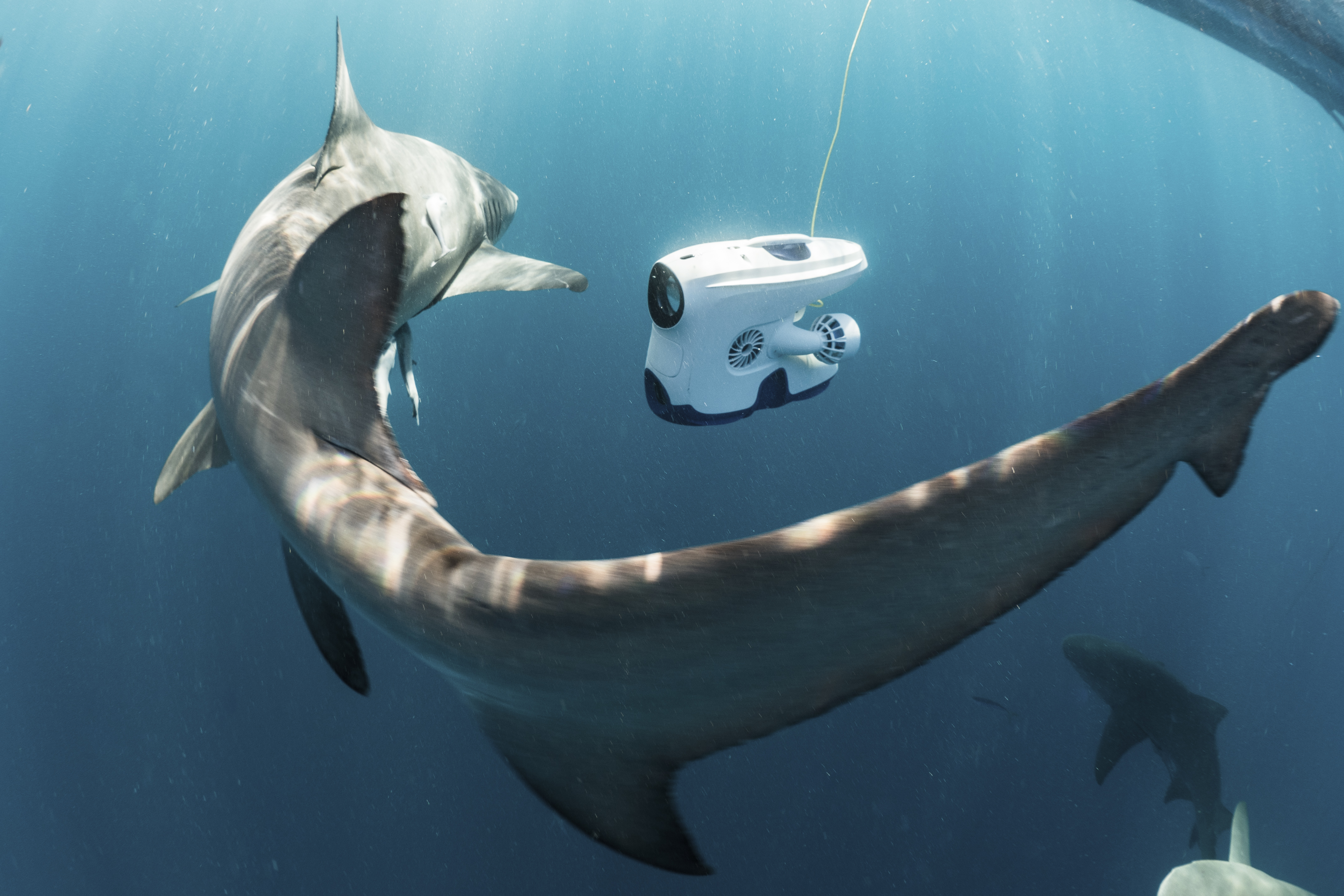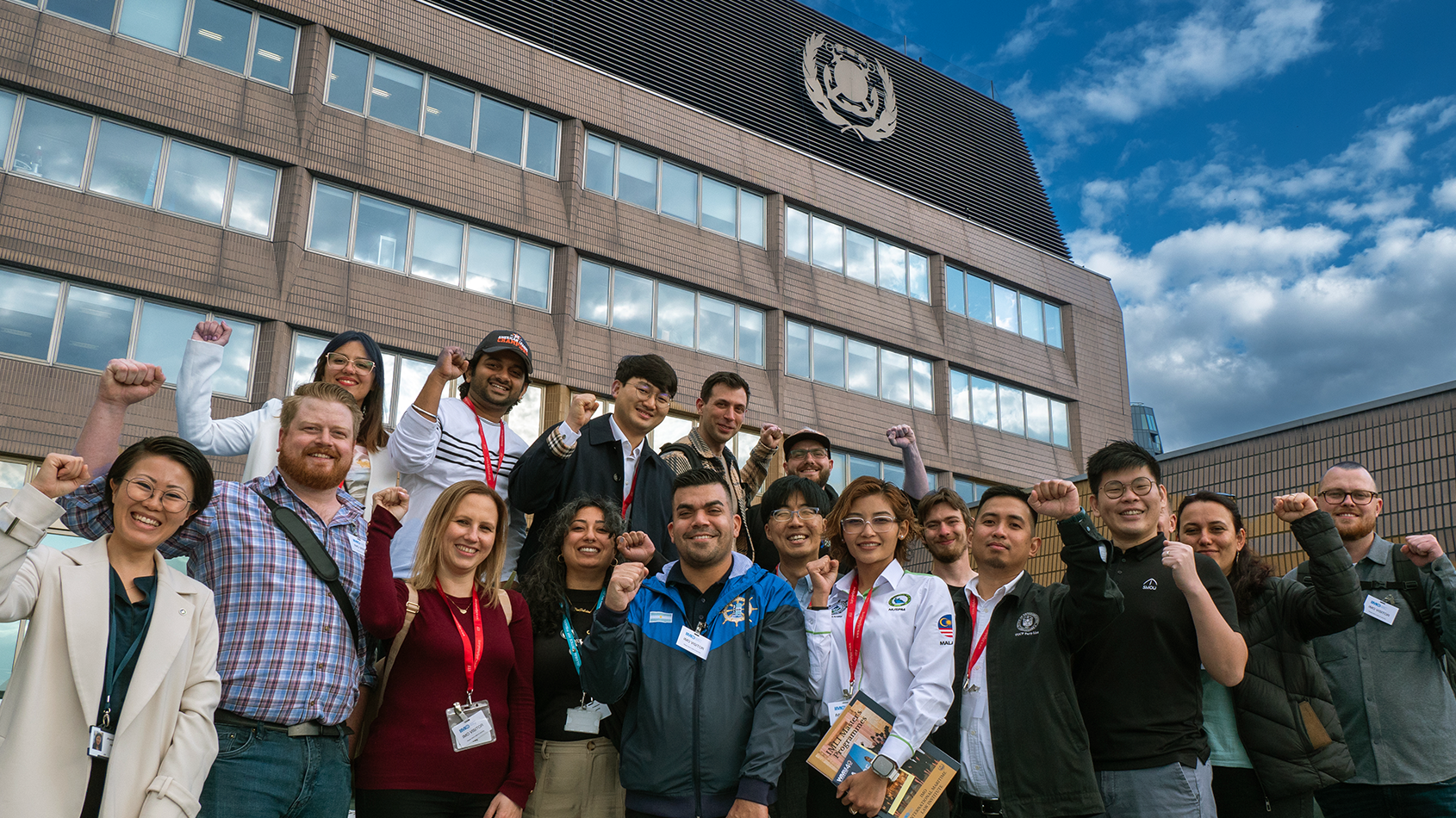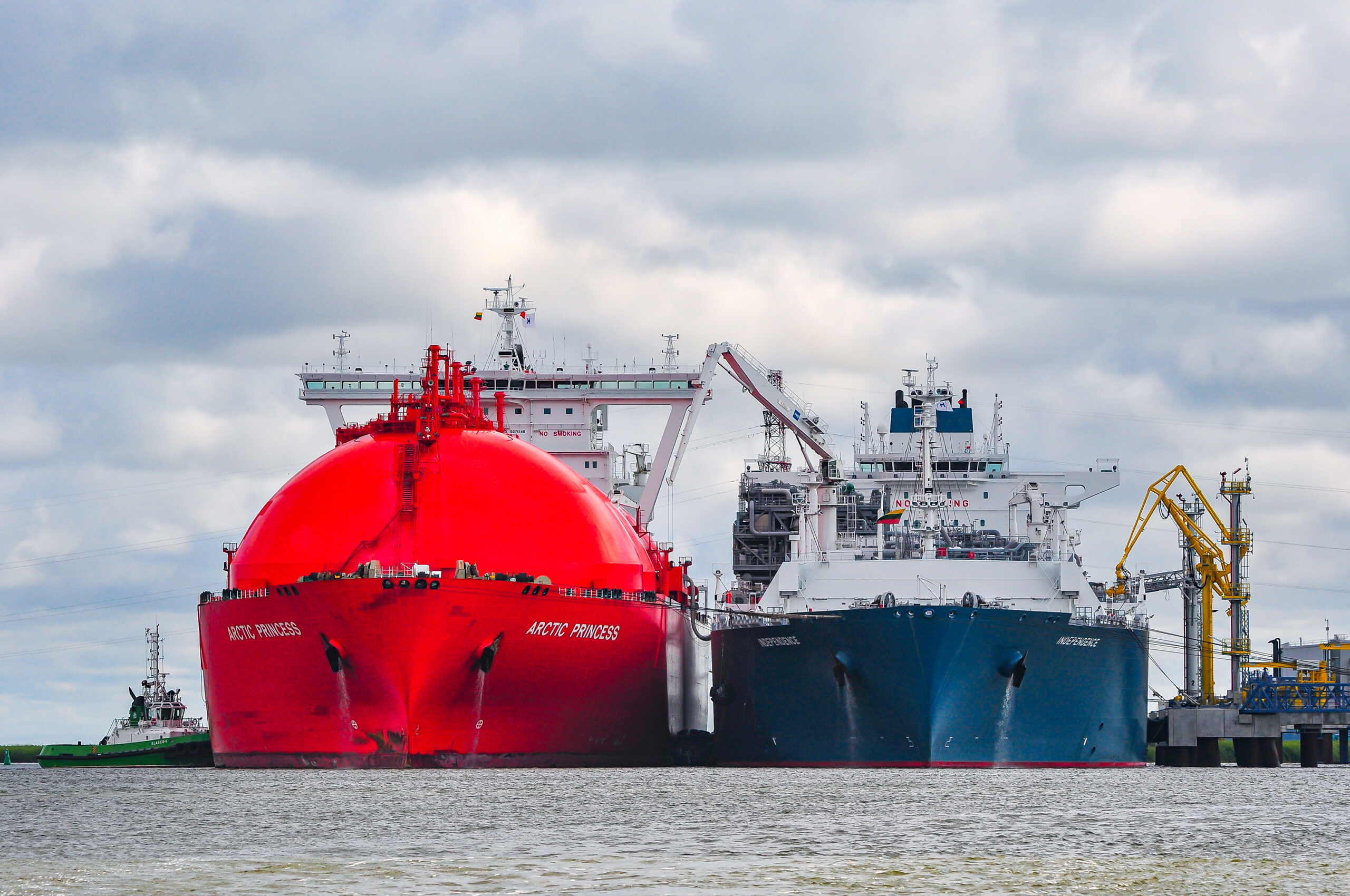Drone technology is on the rise with more companies coming up with solutions for the market as sectors start to cross collaborate, writes Samantha Fisk.
The advent of the drone has been approached by caution in the maritime industry, but now with further exploration of our oceans and the advantages that the technology brings, more companies are starting to develop solutions for the market that will not only reduce costs, but also reduce risk to people working in dangerous environments.
Ecotone is one of the companies that has launched its pioneering hyperspectral imaging camera, initially for the inspection of salmon lice, but as CEO, Oddbjørn Rødsten explains there are further applications which the camera can be used for, such as pipeline inspection and mineral mining.
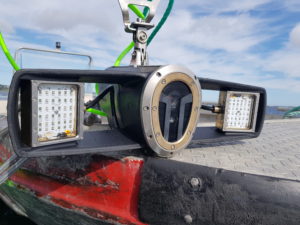
Hyperspectral imaging technology is not new and has been used in other industries for a little while now, but now it is being developed for the marine industry. What differentiates a hyperspectral image compared to what we see, is that where we see light in the three-colour spectrum of red, green and blue, a hyperspectral image picks up on more colours and can therefore give a more detailed and in-depth picture.
“We see in three colours the camera sees in 400”, explains Rødsten.
Ecotone notes for seabed mapping the technology will enable more detailed mapping of habitats and sediments of the sea floor and give a better overall view of the area. The solution can be used for seabed monitoring near the fish farms enables assessment of potential impacts from the installations.
Currently the company is developing a solution that makes it possible to document seabed condition and to monitor changes over time. In contrast to point measurements from traditional grab sampling, the solution is based on larger area mapping. The technology can be used at both hard and soft seabed, exposed and protected areas and deep and shallow locations. By mapping the seabed under the nets on a regular basis, it can be possible to reduce fallow periods, as the operator will always have full control on potential changes in habitat composition and sedimentation pressure, the company highlights.
Ecotone are not the only company looking at the use of hyperspectral imaging, Class society DNV GL has also launched its own drone for carrying out onboard surveys that uses the technology, in a bid to make surveying of vessels safer.
ADRASSO (autonomous drone-based surveys of ships in operation), as the drone has been named, has been developed to help minimise the risks of carrying out onboard inspections.
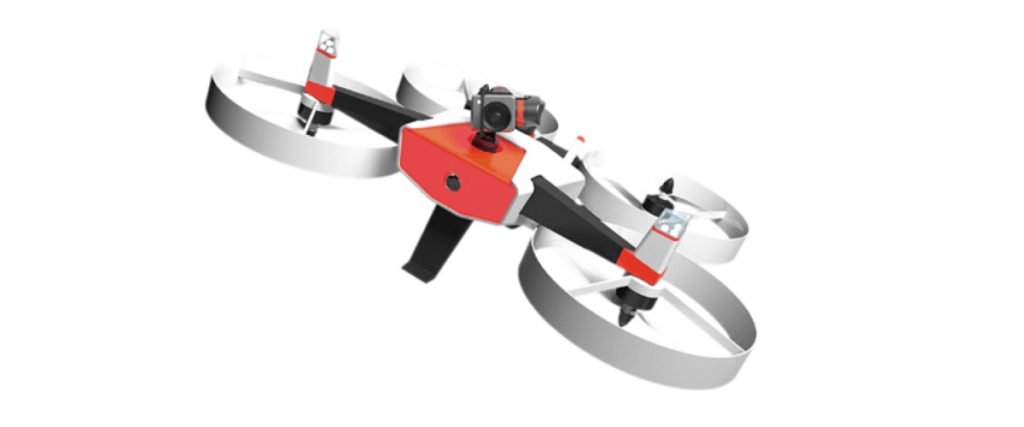
Currently, the drone is still under development with further work being carried out in the area of data collection. But, Øyvind Smogeli, programme director digital assurance, DNVGL explains that this technology will be able to assist surveyors when carrying out surveys, especially when looking for cracks and fatigue lines in the tank.
Once again utilising hyperspectral technology, it will be able to give a surveyor a clearer and more detailed view of what they are looking at, without having to go into the location themselves. A further advantage is that the imaging will be able to detect any rust under the tank coating that the human eye may not be able to see. The camera has been developed by Norsk Electro Optikk and weighs 30kg.
Another company that is also developing camera surveying technology for the industry is Blueye Robotics. The little ‘ROV in a box’ has been used to explore the deep depths of the ocean and in recent developments is now partnering with Inchcape Shipping for marine inspection and surveying of its vessels in ports.
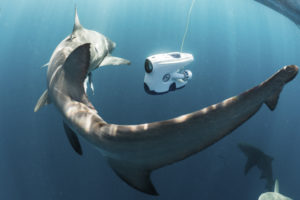
The Blueye ROV (remotely operated vehicle) was developed to be as user friendly as possible, with a steering pad styled on a ‘gaming’ control console and to be able to carry out marine inspections at a reduced cost. Just over 600 units of the Blueye Pioneer have now been sold to the market and being used for various purposes around the world.
Erik Dyrkoren CEO Blueye highlighted the savings that can be made with the ROV with a recent project on a Maersk drill rig. He notes that where instead of calling on oceaneering and paying €100,000 a day, a company can purchase a Blueye Pioneer for €10,000 to carry out the survey. “That is the type of cost savings we can see in that industry. Adopting is always slow due to regulations and demands on the technology being bought in that industry, but it’s happening.” The ROV measures 485 x 257 x 354 mm and weighs 8.6kg. The camera is fully encased and also comes with a light at the bottom of the unit for when it is in low light conditions. It is fitted with 4 x 350w thrusters to manoeuvre it and also a tether to upload the images back on the surface. It’s battery life is 2 hours and the camera is full HD 1080p/30fps, with a wide-angle lens























